In a bunker in a high-security military base south of Moscow, Soviet Air Defence Forces Lieutenant Colonel Stanislav Petrov had one of the most nerve-wracking jobs in the world.
He was responsible for monitoring signals from Soviet surveillance satellites covering the United States. The primary role of these satellites was to keep watch for the launch of American nuclear missiles.
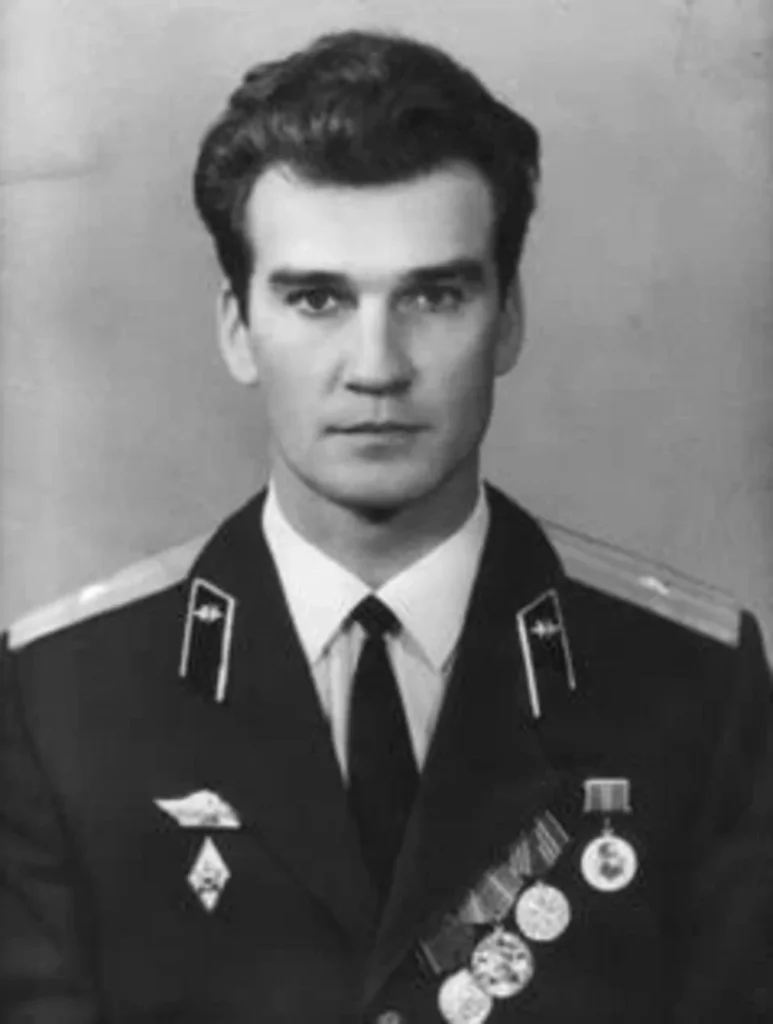

If the satellites detected incoming missiles, Petrov’s job was to pass the message up the chain of command to allow the launch of Russian missiles.
In 1983, tensions between the two countries were running high. Soon after midnight on September 26th, alarms began to sound in the bunker.
Electronic maps and consoles showed that the system had detected the launch of a missile from the United States, and it appeared to be heading for the Soviet Union.
Moments later, a second missile launch was detected. Then another… Within a short time, the system was telling Petrov that a salvo of five American missiles was incoming.
If he passed this message up the chain of command, it would quickly reach Soviet Premier Yuri Andropov. That would almost certainly lead to an immediate retaliatory launch of Soviet missiles and the beginning of an all-out global nuclear war.
But if he hesitated too long, the Soviet missiles might be destroyed before being launched, leaving the Soviet Union helpless.
The decision facing the 44-year-old Lieutenant Colonel was truly nerve-wracking.
His duty was to report the launch to his superiors, but that could mean Armageddon. Hesitation might leave his country vulnerable to a nuclear strike. What would he do?
Background
In January 1981, Republican Ronald Reagen became the 40th President of the United States. Under the previous President, Jimmy Carter, the U.S. had pursued a policy of détente with the Soviet Union in an attempt to reduce Cold War tensions.
But in 1979, the Soviet Union had launched an invasion of Afghanistan and the new President was determined to take a hard-line against Soviet aggression.
In March 1983, President Reagan gave a speech to the National Association of Evangelicals in Orlando, Florida.
This was completely uncompromising: it described the Soviet Union as the “Evil Empire” and claimed that it was “the focus of evil in the modern world.”
The Cold War confrontation between the United States and the Soviet Union was, according to the President, a simple battle between good and evil.
Two weeks later, President Reagan announced that the U.S. was working on the Strategic Defense Initiative (SDI) (generally called “Star Wars” by the world’s media).
The purpose of SDI was to develop a new system that could, in theory, intercept and destroy incoming Soviet nuclear missiles.
Nobody (including defence analysts in the Soviet Union) were certain how far advanced the new system was.
Some people wondered whether it meant that the United States could launch a nuclear strike on the Soviet Union because it considered itself safe from a retaliatory strike.
Although it was a defensive system, to many people, it seemed that SDI made nuclear war more likely.
Reagan also authorized U.S. nuclear bombers to regularly approach Soviet airspace, turning away at the last moment in order to assess the capability of Soviet radar systems.
U.S. Pershing II nuclear missiles were stationed in West Germany, and there was even discussion of placing nuclear missiles in Japan.
Korean Air Lines Flight 007
On September 1st 1983, a Korean Airlines flight scheduled from New York City to Seoul drifted off course in the final phase of its flight, overflying Soviet territory in the Kamchatka Peninsula.
This was the location of extremely sensitive and secret Soviet military bases, and this wasn’t the first time that a KAL airliner had crossed this area.

The Soviets believed that these overflights were deliberate and undertaken by KAL so that the U.S. could monitor radar systems in the area. At around 18:25 UTC, KAL flight 007 was hit by an air-to-air missile fired by a Soviet interceptor.
All 269 passengers and crew on board perished, including a member of the U.S. House of Representatives, Larry McDonald.
On September 5th, President Reagan gave a televised speech in which he claimed that the Soviet actions had been “murderous” and carried out by “a society which wantonly disregards individual rights and the value of human life.”
Autumn Forge 83
Since the 1960s, NATO forces conducted annual exercises to test preparedness to resist a Soviet invasion. These were generally held from September – November and were called the Autumn Forge exercises.
Autumn Forge 83 involved several sub-exercises including REFORGER 83 (REturn of U.S. FORces to GERmany), an airlift of more than 16,000 US troops to Europe.
In the Soviet Union, there was growing alarm that these exercises might be used as cover for a real invasion, possibly accompanied by a U.S. nuclear attack on the Soviet Union.
By the autumn of 1983, tensions between the Soviet Union and the United States were running at their highest level since the Cuban Missile Crisis in 1962.
Amongst the leadership of the Soviet Union, there were fears that an attack by the United States and its NATO allies wasn’t just possible but likely in the very near future.
In The Bunker
Within this context of escalating tension, staff on duty in the early warning bunker near Moscow were probably on high alert when they arrived for duty on 25th September 1983.
When, in the early hours of 26th September, the system began to flash an alert of incoming American missiles, this must have seemed to many of those people as evidence of the expected U.S. attack.
However, the ultimate responsibility for the decision whether to escalate this to a warning to the Soviet leadership rested with one man: Lieutenant Colonel Stanislav Petrov.
Petrov was very experienced: he had been assigned to various parts of the Soviet alert system since the mid-1970s.
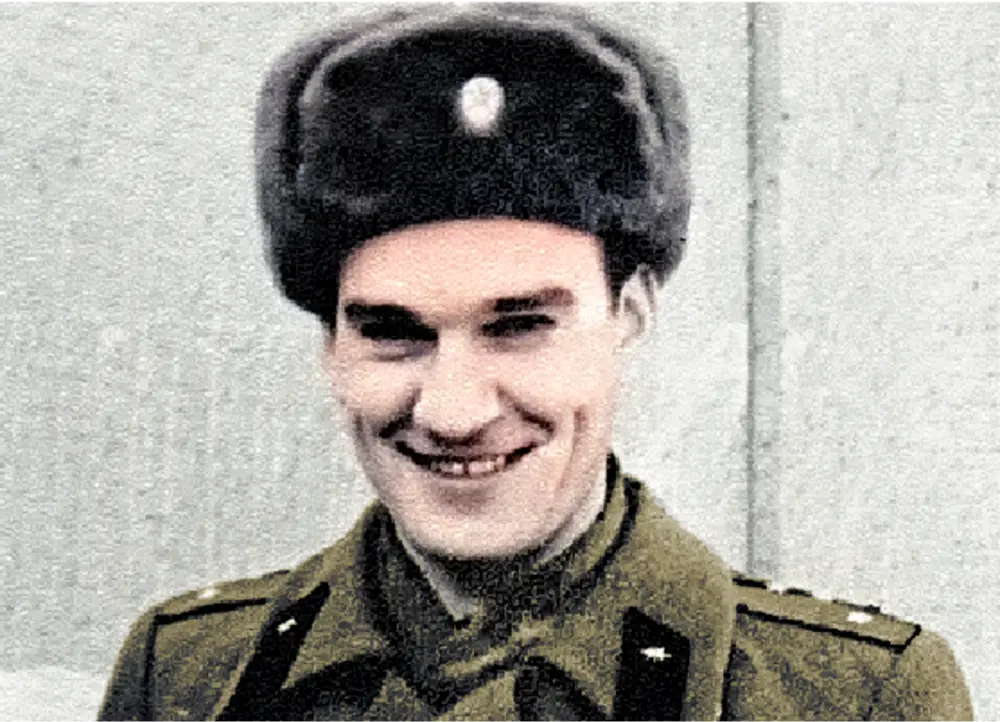
When the first alert showed the launch of a single missile, he simply didn’t believe it. The system was new, and there had been false alarms before, and he assumed that this must be another.
When, within minutes, the system showed the launch of four more missiles, it became more difficult to believe that this was simply a false alarm.
A less resolute man might have panicked and immediately passed the alert up the chain of command. Instead, Petrov spent what must have been a very tense few minutes trying to rationally analyze the situation.
He checked with Soviet ground-based radar systems. These could not pick-up U.S. missiles until they were visible above the horizon, a few minutes after they were first detected by satellites.
Petrov called the ground radar installations and was told that no missiles were being tracked. He waited. As the minutes passed and ground radar still didn’t see any rockets, it began to seem that the data from the satellites might be an error.
Mostly, Petrov’s decision not to immediately pass this alert to his superiors was based on his own experience.
He knew that if the U.S. really were to launch a nuclear attack on the Soviet Union, it would be an all-out attack with every available missile and bomber.
To him, the launch of just five missiles just didn’t make sense, and that, more than anything else, led him to declare that this was a false alarm.
That probably sounds no more than logical and rational. But just try to imagine making such a decision when you are surrounded by electronic maps and screens flashing alerts telling you that your homeland is under attack while surrounded by other people in a heightened emotional state.
The whole world owes an immense debt of gratitude to the calm rationality of Stanislav Petrov at a moment when many others might have cracked.
Conclusion
Afterwards, a Soviet investigation showed that the false alerts from the satellites were caused by the reflection of the sun off high clouds, which were interpreted as missile launches. The system was quickly modified to prevent such false alarms in the future.
After the dramatic events of 26th September, Stanislav Petrov was extensively interrogated. Investigators wanted to know why he hadn’t kept a written record of everything he had done, as regulations required.
He told them that, in the few minutes when he was trying to get information to make a decision, he had a phone in each hand and no time to even think about writing anything down.
Rather than being commended for his actions, he was eventually reprimanded for failing to keep adequate written records during the crisis!
Petrov left the Soviet Air Defence Forces in 1984 and took a job working for a Russian company designing improved Soviet early-warning systems.
After retirement, he lived as an ordinary Russian pensioner, his actions largely unrecognized in his home country. He died in 2017 at the age of 77.
Military heroes are generally those who show bravery and aggression during combat. But there is another form of heroism, one based on cool thinking in a time of extreme crisis. That takes a great deal of courage.
In September 1983, the calm courage of Stanislav Petrov almost certainly averted a global nuclear war. He deserves to be remembered as a hero.
Sources
https://www.washingtonpost.com/wp-srv/inatl/longterm/coldwar/shatter021099b.htm

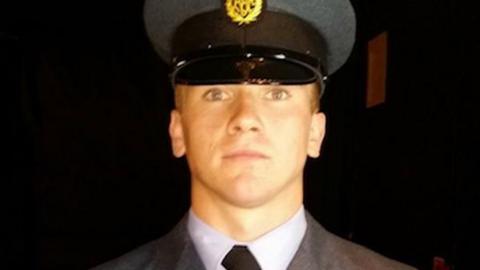

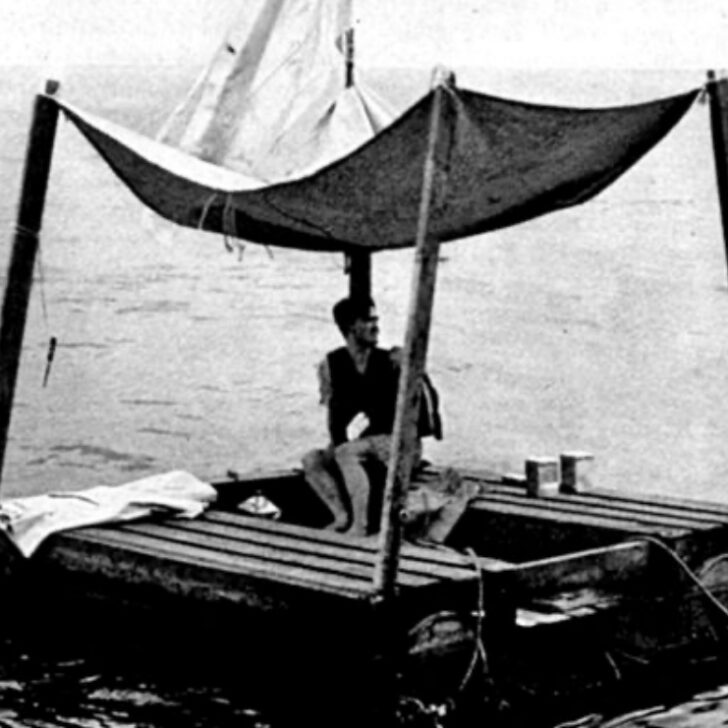

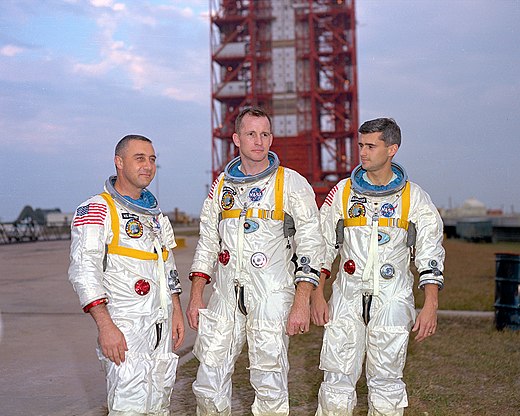






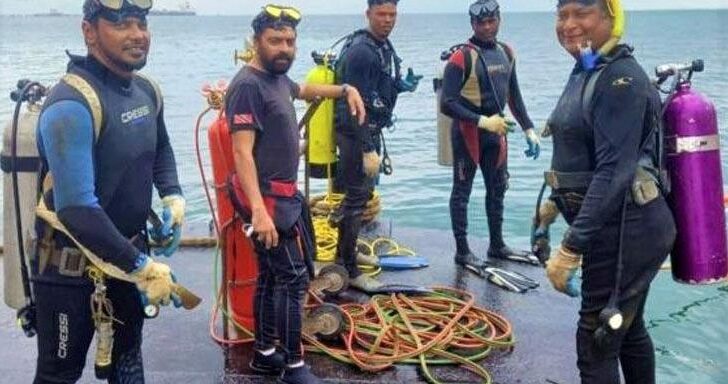
Leave a comment